AO Edited
Hadrian’s Gate
This arch granting triumphal entrance into Antalya was designed to honor the emperor's visit.
Hadrian’s Gate was built in 130 CE. A wall was subsequently built around the city’s old quarters (Kaleiçi) and the gate was incorporated into the design. Hadrian’s Gate can be classified as the typical Roman triumphal gate, with three archways of identical size. The total height of the gate is 26 feet (8 meters) and is composed of marble and granite.
The two façades of the gate have four columns each. Floral decorations adorn the gate and stylized heads of lions dominate the upper portion. The two towers adjacent to Hadrian’s Gate were not part of the initial plan. Although the south tower was built not much later than the gate, its architecture is completely different. The north tower, on the other hand, was built much later during the 13th-century CE. The passage of carts through the gate over centuries has left behind deep perpendicular ruts at the base of the gate.
It is sometimes reported that Sir Francis Beaufort “discovered” Hadrian’s Gate in 1817. As the gate was (and still is) in the middle of an inhabited city, it would be more accurate to say that Sir Beaufort reported the existence of the gate to the west. Extensive restoration of the gate was concluded in 1959.
The mythology surrounding this gate takes flight from reality altogether, with claims that Queen Sheba traveled through this gate. Although this is unclear, what is clear is that she is believed to have lived about a millennium before Hadrian’s Gate was built. It is plausible, however, that Hadrian’s Gate replaced a pre-existing gate under which, perhaps, Queen Sheba did indeed travel.
Staircases on each side lead down to Hadrian’s Gate, as the base of the gate is now much lower than the surrounding terrain.

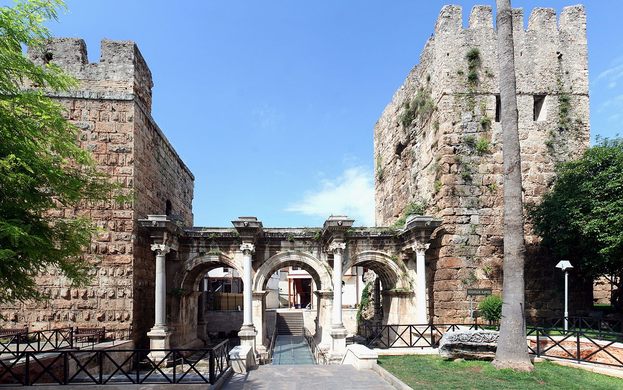



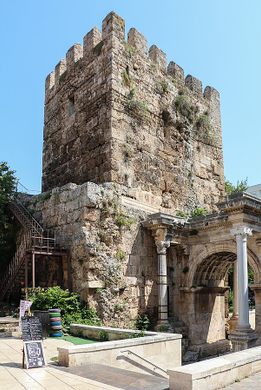
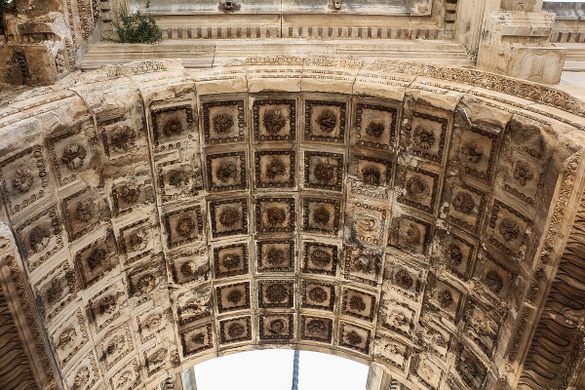


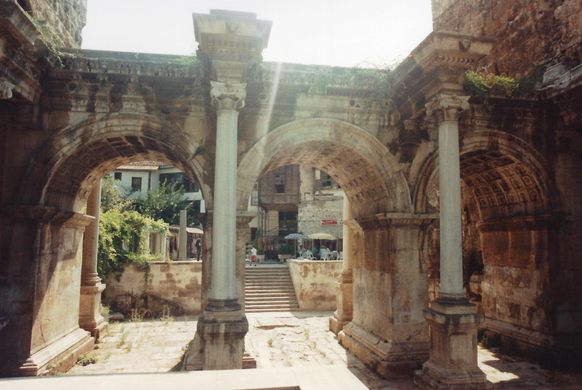









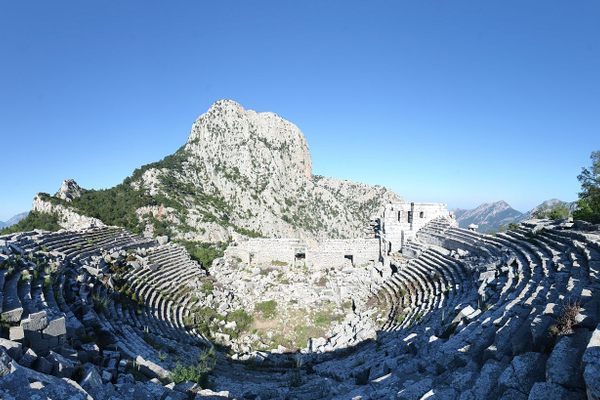





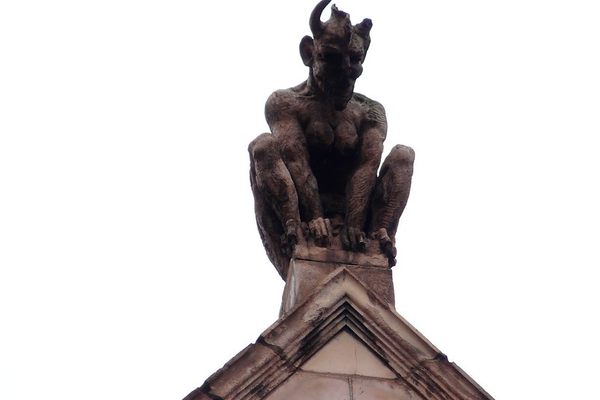

Follow us on Twitter to get the latest on the world's hidden wonders.
Like us on Facebook to get the latest on the world's hidden wonders.
Follow us on Twitter Like us on Facebook